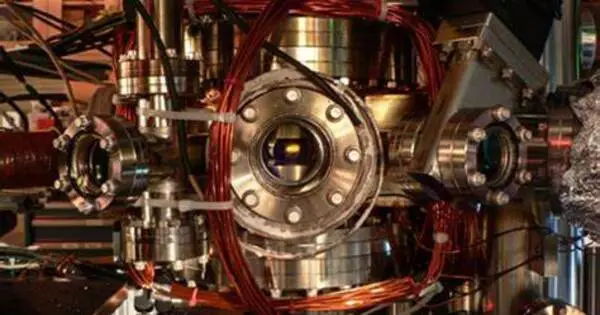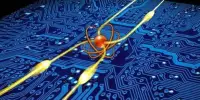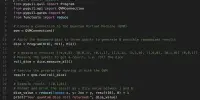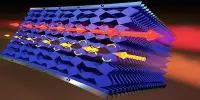Fermionic quantum processors, if created, would constitute a significant step forward. Fermions are a subatomic particle class that includes electrons and has distinct quantum features. Quantum processors based on fermions may provide advantages for certain types of quantum calculations, particularly those involving the simulation of complicated quantum systems or the solution of quantum chemistry problems.
Researchers from Austria and the United States have created a new form of quantum computer that simulates complex physical systems using fermionic atoms. The processor employs programmable neutral atom arrays and is capable of modeling fermionic models utilizing fermionic gates in a hardware-efficient manner. The team led by Peter Zoller demonstrated how the new quantum processor can simulate fermionic models from quantum chemistry and particle physics efficiently.
Fermionic atoms follow the Pauli exclusion principle, which states that no two of them may hold the same quantum state at the same time. As a result, they are suitable for modeling systems where fermionic statistics are important, such as molecules, superconductors, and quark-gluon plasmas.
“In qubit-based quantum computers, extra resources must be dedicated to simulating these properties, usually in the form of additional qubits or longer quantum circuits,” explains Daniel Gonzalez Cuadra from Peter Zoller’s research group at the Austrian Academy of Sciences’ Institute for Quantum Optics and Quantum Information (IQOQI) and the Department of Theoretical Physics at the University of Innsbruck, Austria.
In qubit-based quantum computers, extra resources must be dedicated to simulate these properties, usually in the form of additional qubits or longer quantum circuits.
Daniel Gonzalez Cuadra
Quantum information in fermionic particles
A fermionic quantum processor consists of a fermionic register and a collection of fermionic quantum gates. “The register consists of a set of fermionic modes, which can be either empty or occupied by a single fermion, and these two states form the local unit of quantum information,” explains Daniel Gonzalez Cuadra.
“The state of the system we want to simulate, such as a molecule composed of many electrons, will be in general a superposition of many occupation patterns, which can be directly encoded into this register.” This data is subsequently processed by a fermionic quantum circuit, which is meant to imitate the time evolution of a molecule, for example. Any such circuit can be decomposed into a sequence of just two types of fermionic gates, a tunneling and an interaction gate.
The researchers propose to trap fermionic atoms in an array of optical tweezers, which are highly focused laser beams that can hold and move atoms with high precision. “The required set of fermionic quantum gates can be natively implemented in this platform: tunneling gates can be obtained by controlling the tunneling of an atom between two optical tweezers, while interaction gates are implemented by first exciting the atoms to Rydberg states, carrying a strong dipole moment,” says Gonzalez Cuadra.
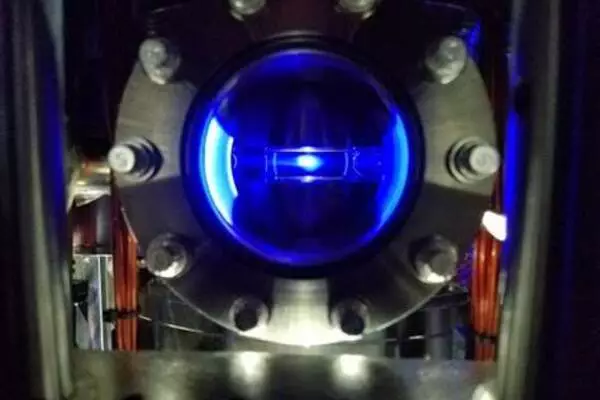
Quantum chemistry to particle physics
Fermionic quantum processing is especially useful for simulating the properties of systems composed of many interacting fermions, such as electrons in a molecule or material, or quarks inside a proton, and thus has applications ranging from quantum chemistry to particle physics.
The researchers show how their fermionic quantum processor can efficiently simulate fermionic models from quantum chemistry and lattice gauge theory, two fundamental domains of physics that are difficult to solve with conventional computers.
“By using fermions to encode and process quantum information, some properties of the simulated system are intrinsically guaranteed at the hardware level, which would require additional resources in a standard qubit-based quantum computer,” says Daniel Gonzalez Cuadra.
“I am very excited about the future of the field, and I would like to keep contributing to it by identifying the most promising applications for fermionic quantum processing, and by designing tailored algorithms that can run in near-term devices.”
